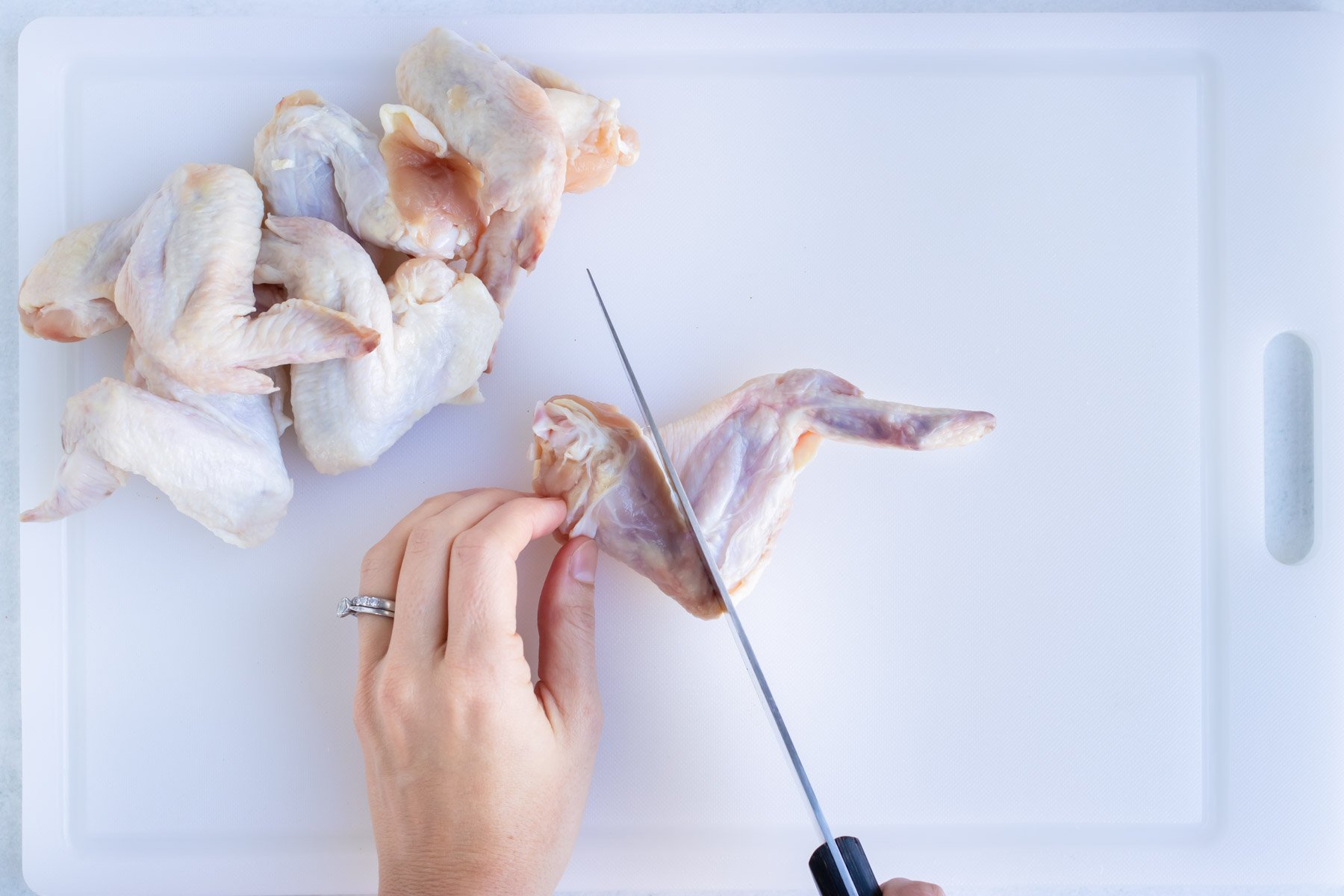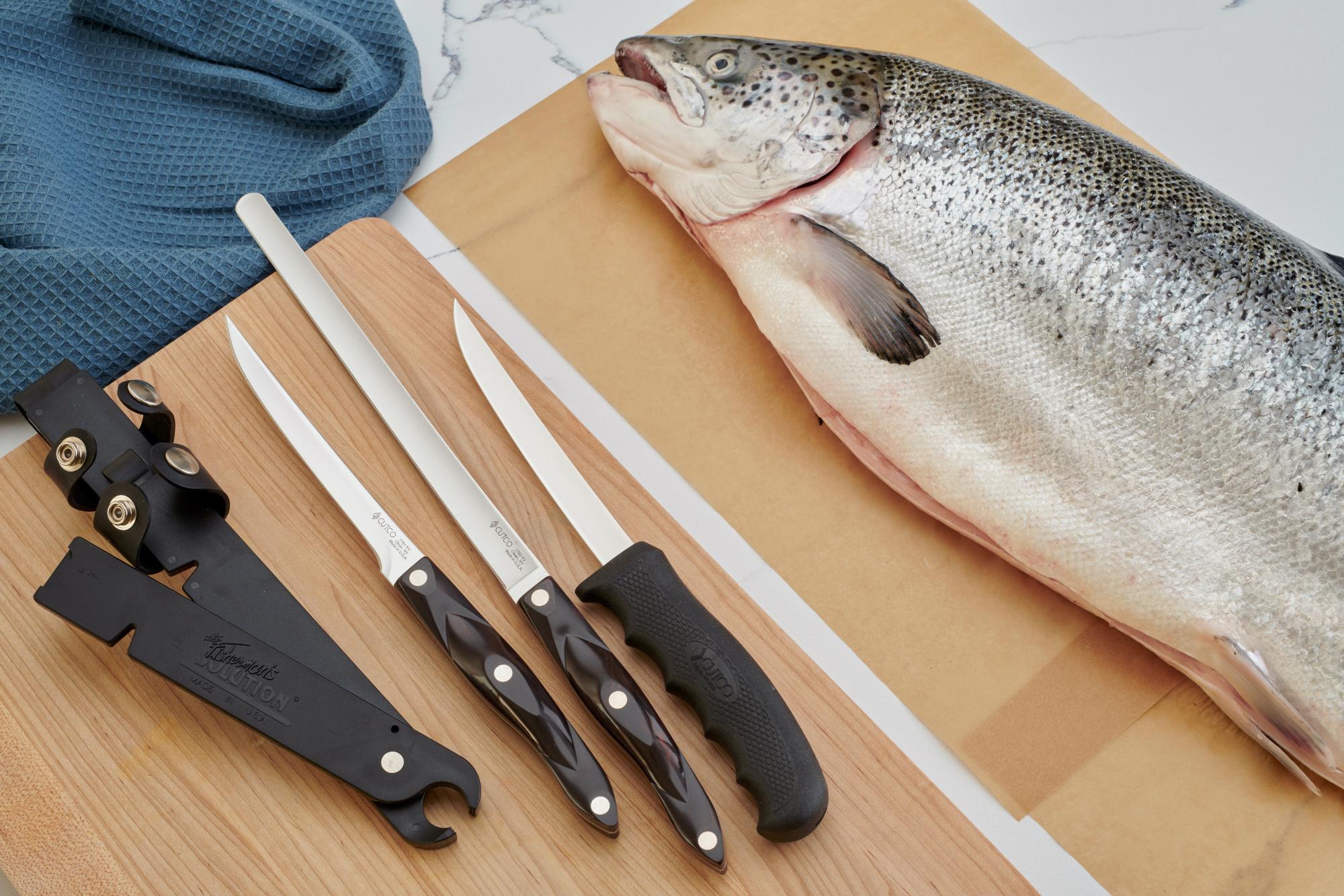How to Fillet Crappie with Electric Knife: Delighted Crappie Fans' Guide
Written By James Morgan
Crappie fishing is an incredibly popular activity among barbecue enthusiasts. Whether you're a seasoned angler or new to the sport, filleting a crappie efficiently is an essential skill. Using an electric knife to fillet crappie can make the process much easier and faster. Dive into our step-by-step guide to learn how to fillet crappie with an electric knife, while keeping the flavorful integrity of the fish intact.

Why Choose an Electric Knife?
An electric knife can transform your fish cleaning routine. It's particularly beneficial because it cuts through the tough skin and intricate bones of the crappie with ease. The consistency and precision of an electric knife result in thinner, cleaner fillets with minimal effort.
Types of Electric Knives
- Battery-Powered: Portable and convenient for outdoor conditions.
- Electric-Powered: Generally more powerful, ideal for large batches of fish.
- User-Specific Features: Some knives come with ergonomic handles, removable blades, and variable speed options.

Preparing Your Workstation
Materials Needed
- Electric knife
- Cutting board
- Crappie fish
- Fillet glove (optional)
- Bucket and water for cleaning
Setting Up
To efficiently fillet crappie, a well-organized workstation is crucial. Ensure your cutting board is stable, and have a bucket of water nearby for cleaning the fish as you go. Wearing a fillet glove can also enhance safety and grip.

Step-by-Step Guide to Filleting Crappie
1. Initial Cut
Place the crappie on the cutting board. Turn on your electric knife and make the first cut just behind the gills. The knife should go down until it hits the backbone, then turn the blade toward the tail and proceed with a horizontal cut, maintaining pressure against the backbone to get as much meat as possible.
2. Removing the Rib Cage
Lifting the top fillet, you'll notice a line of small bones along the rib cage. Position the electric knife just below these bones and cut them out. This step is crucial for preparing boneless fillets perfect for your barbecue recipes.
3. Skinning the Fillet
With the rib cage removed, the next step involves skinning the fillet. Align the knife at the tail end and cut between the skin and the fillet meat. Slowly push the knife forward while ensuring it remains as close to the skin as possible to separate it from the meat.

Cleaning and Storing Your Fillets
After filleting, rinse the fillets thoroughly in cold water. This will remove any remaining scales or bones. Pat them dry with a paper towel and store them in an airtight container in the refrigerator if you plan to cook them within a day or two. For longer storage, consider vacuum-sealing and freezing them.
Safety Tips When Using Electric Knives
Even with advancements in technology, safety remains paramount. Always ensure your knife is in good working condition and handle it cautiously.
For more tips on knife safety, check out this comprehensive guide on safe knives usage.
Frequently Asked Questions
1. What is the best type of electric knife for filleting crappie?
Battery-powered knives are great for portability and outdoor use, while electric-powered ones are more powerful for large batches.
2. Can I fillet other types of fish using the same method?
Yes, the technique for using an electric knife can be applied to many fish species, though some may require adjustments due to size and bone structure.
3. How should I store the filleted crappie?
Rinse and dry the fillets before storing them in an airtight container in the refrigerator or vacuum-sealing them for freezing.
As an Amazon Associate, I earn from qualifying purchases.



